I am reading research papers about LoRa, and I have come across the below figure in this one. The horizontal axis is clearly labeled frequency, but the vertical one isn't. I recognize the chirps in the middle, so I understand that the vertical axis is indeed time for that graph, but I still have no idea what the other, darker blue graph represents. Could you shed some light on this please?
Asked
Active
Viewed 56 times
0
-
Looks like noise to me. – GB - AE7OO Dec 30 '20 at 15:57
-
I was thinking the same, but with what parameters? – Boba0514 Dec 30 '20 at 16:01
-
I'm not sure what you mean here. Looks like the Noise Floor to me. https://en.wikipedia.org/wiki/Noise_floor – GB - AE7OO Dec 30 '20 at 16:11
-
Thank you, that makes sense, then the value is about -90 dBm – Boba0514 Dec 30 '20 at 18:32
2 Answers
0
These are two different traces.
- The blue one at the bottom is the raw signal with its received power (in dBm, left scale) vs. time. -90 dBm is 1 pW of received power.
- The colored one is the spectrogram with time on the vertical axis and frequency on the horizontal axis.
asdfex
- 2,669
- 1
- 13
- 17
-
-
@MarcusMüller Sorry, that should read signal power in dBm in this case - but sure, dB can be used to measure the amplitude of a signal as well. – asdfex Dec 30 '20 at 15:20
-
of course it can, but honestly, I've never seen that be done as plot over time. The utility of such a plot would be pretty specific, so I'll venture a guess that you're not completely right about that. – Marcus Müller Dec 30 '20 at 15:21
-
Yeah, I was thinking about something like this, but if that's so, it is a terrible way to plot it here, since time is already used on the other axis, and the horizontal axis doesn't have a secondary labeling... – Boba0514 Dec 30 '20 at 15:26
-
@Boba0514 : The horizontal axis has two labels. "500 kHz span" and "100 ms/div". Although it's not clear what a division is as the marks are missing. As Marcus wrote - it's not a good graphic. – asdfex Dec 30 '20 at 15:29
-
0
That's two diagrams in one:
- The background one, the turquoise zig-zag, is called a waterfall; the vertical axis is time, the horizontal is frequency, and power is coded into color.
- the line at the bottom is something else; maybe just a time trace; it's at the very least not a representation of the spectrum at the same bandwidth, because otherwise, the center would have to have higher amplitude (where the zigzagging happens)
Generally, if a figure is unclear, that's a fault in the publication you're reading, and since this curve isn't described any further, I'd recommend ignoring it.
Marcus Müller
- 88,280
- 5
- 131
- 237
-
Exactly what I was thinking, thank you for the clear answer. Isn't waterfall a different, 3D representation of the spectrogram? – Boba0514 Dec 30 '20 at 15:39
-
@Boba0514 yes, a waterfall is a spectrogram with time. Not 3D like a 3D shape, but 3D like a 2D graph with colour. – user253751 Dec 30 '20 at 19:14
-
-
